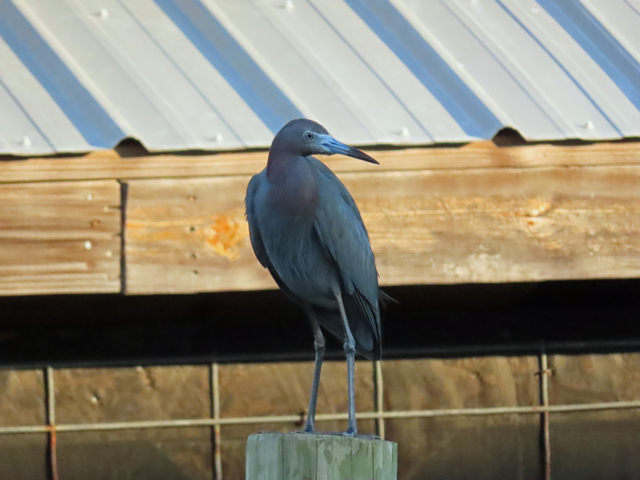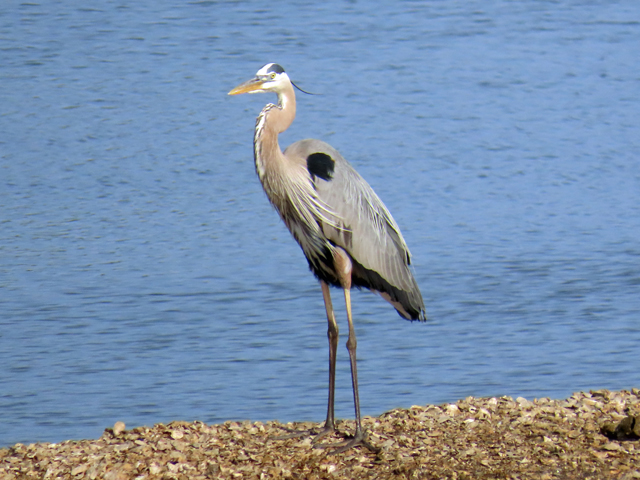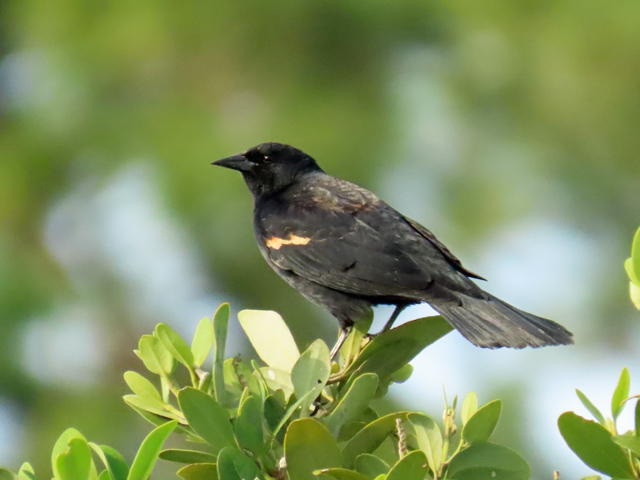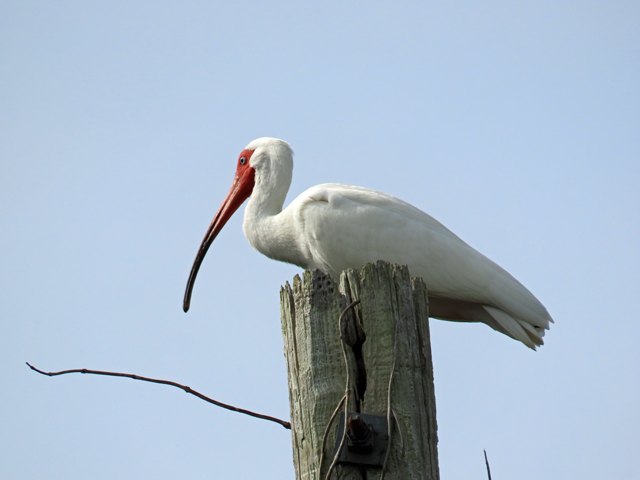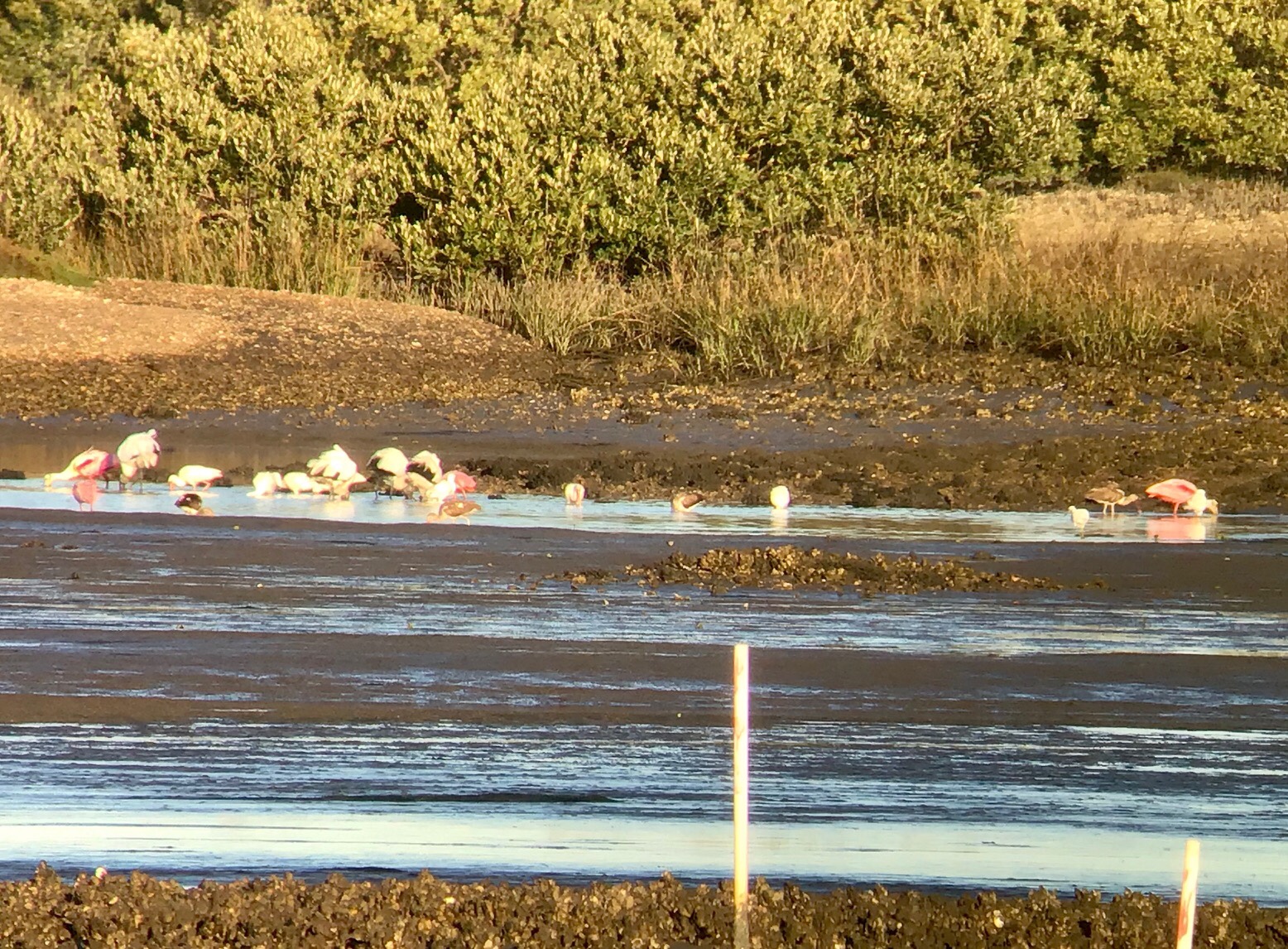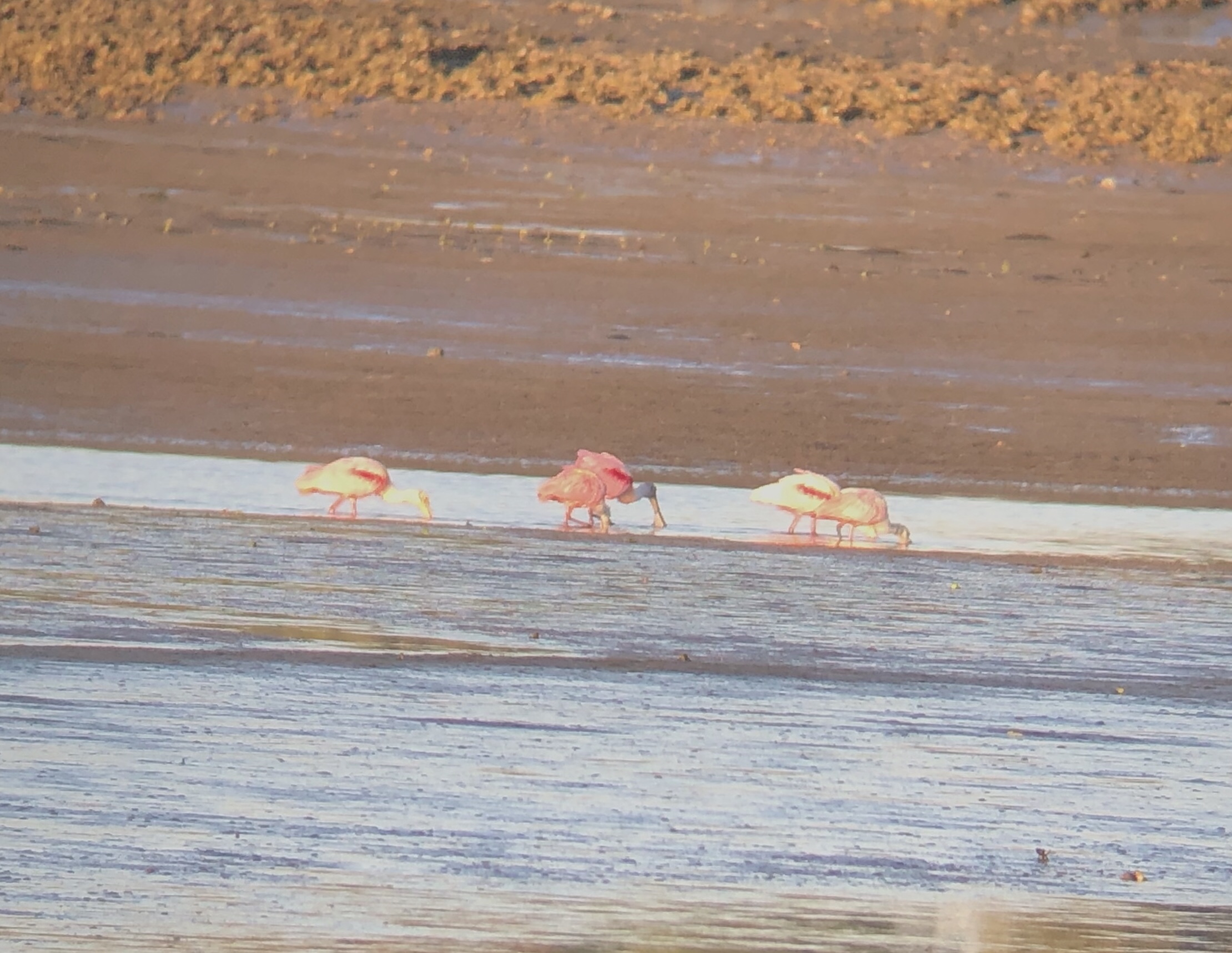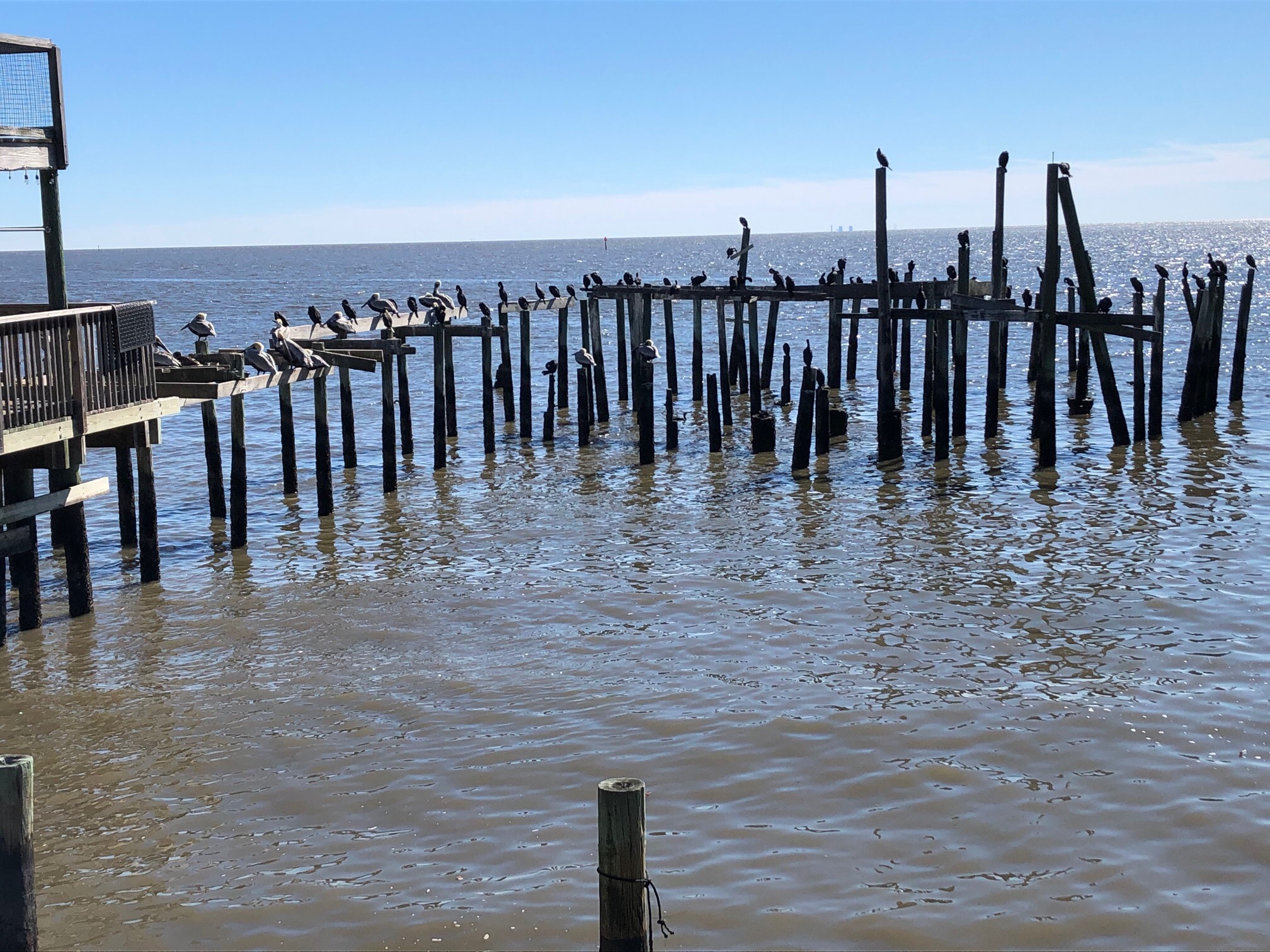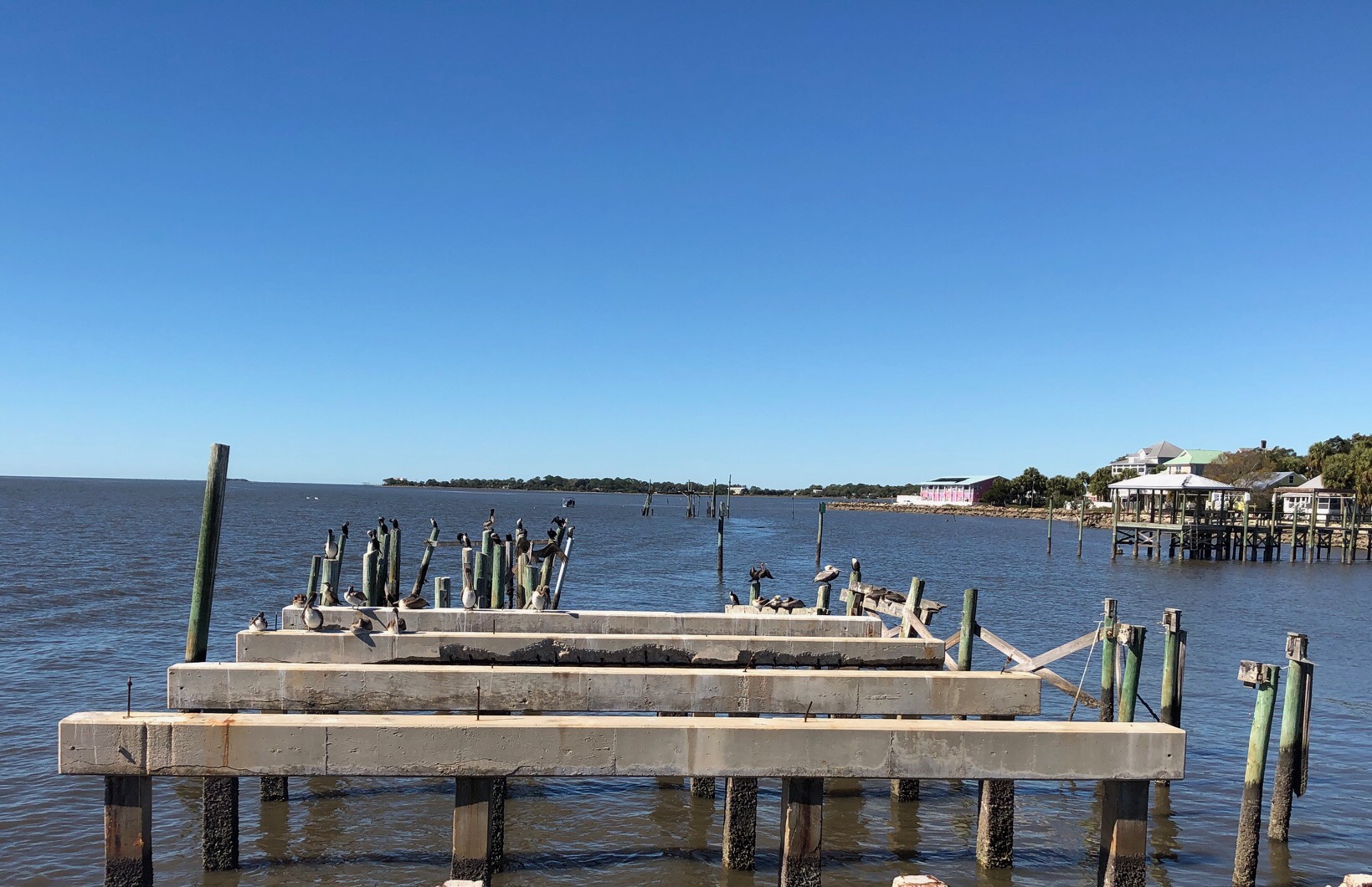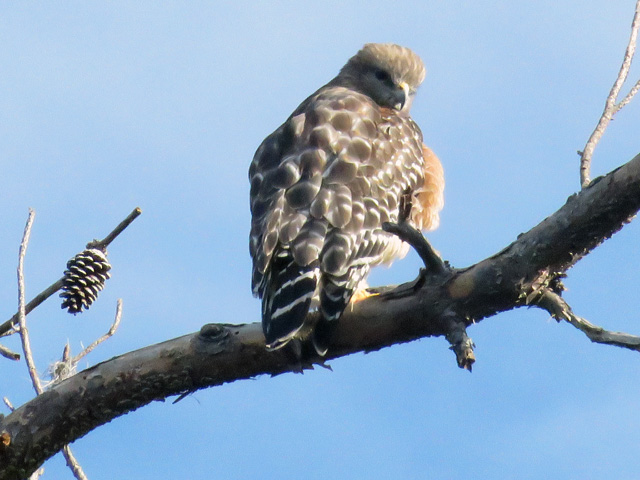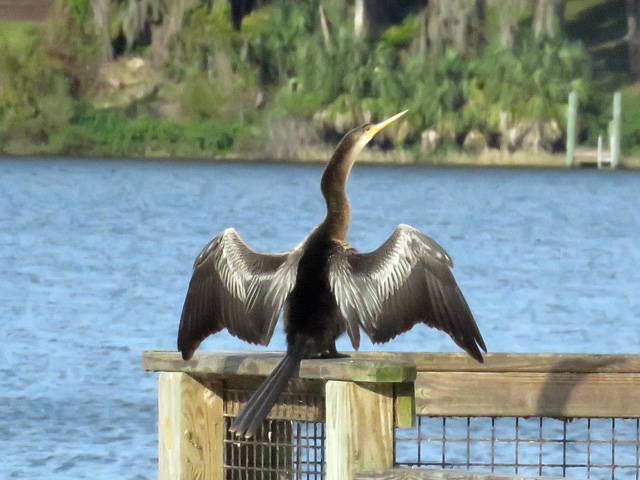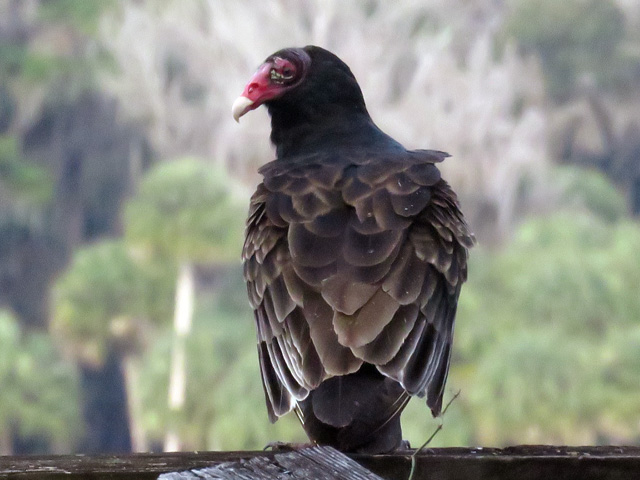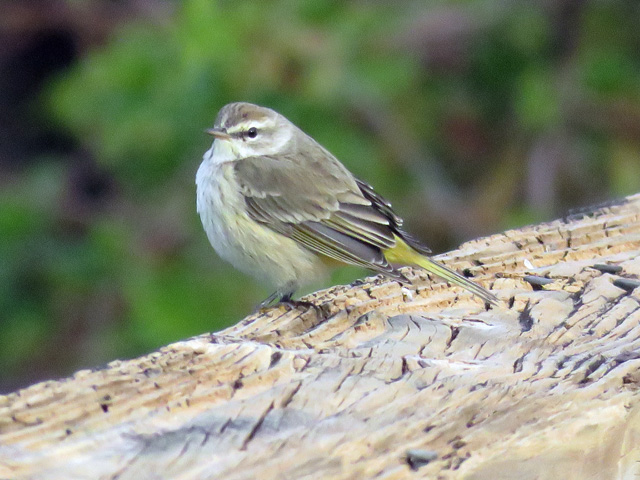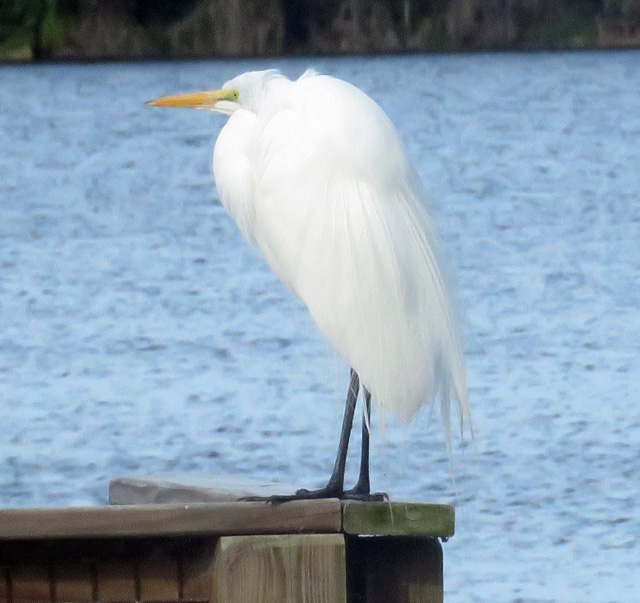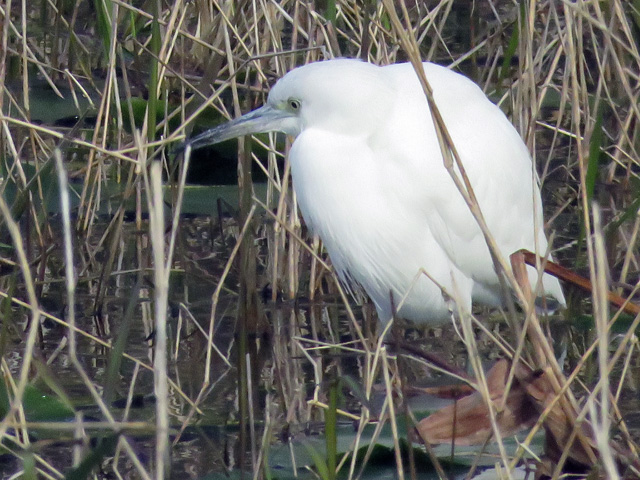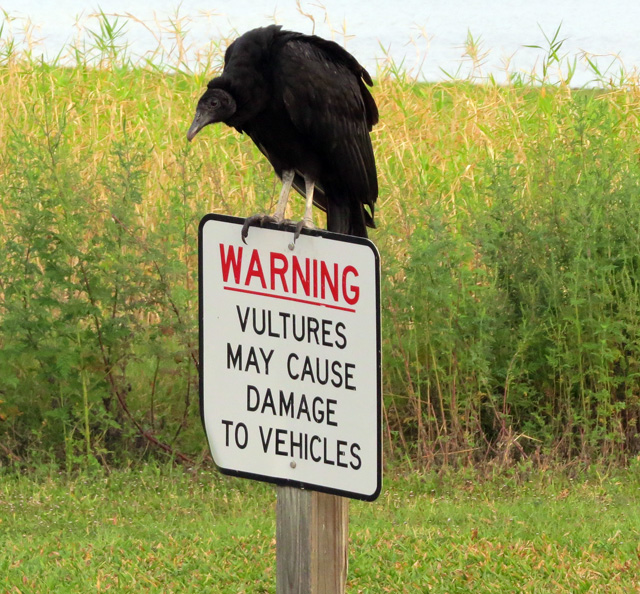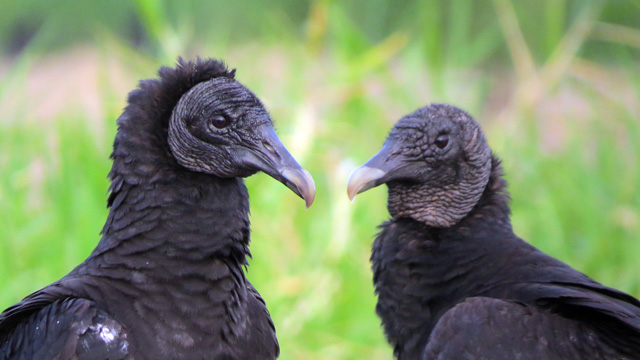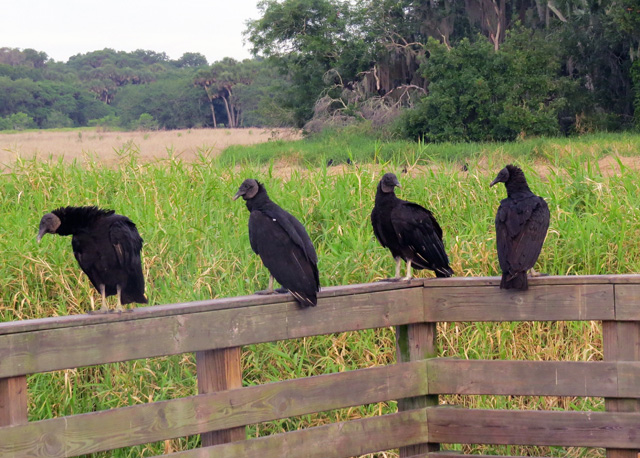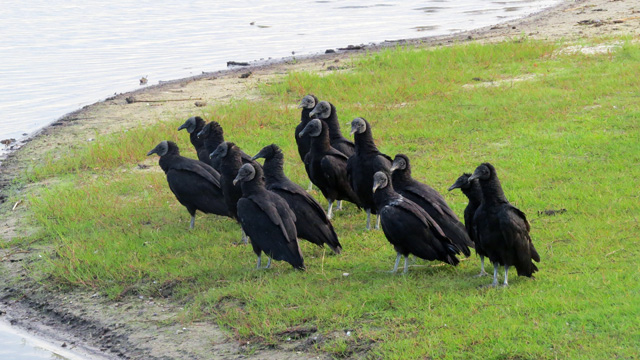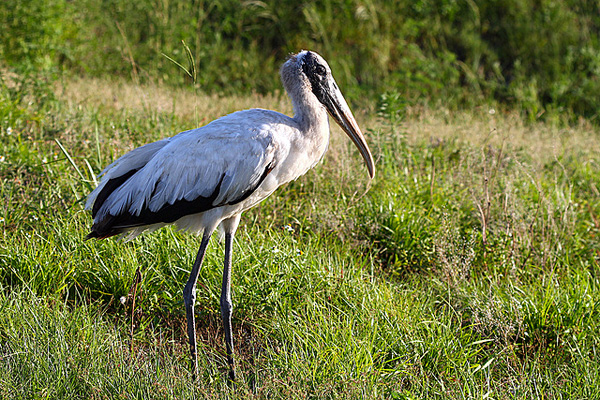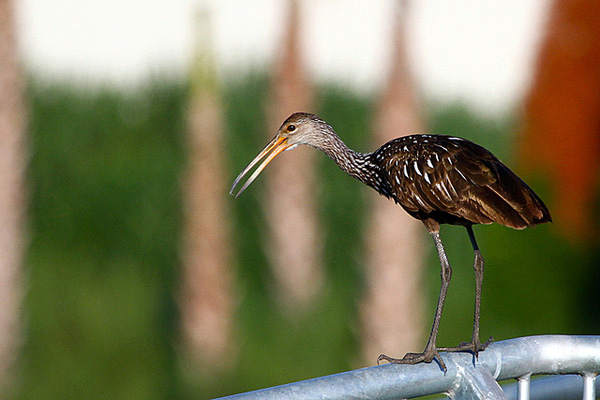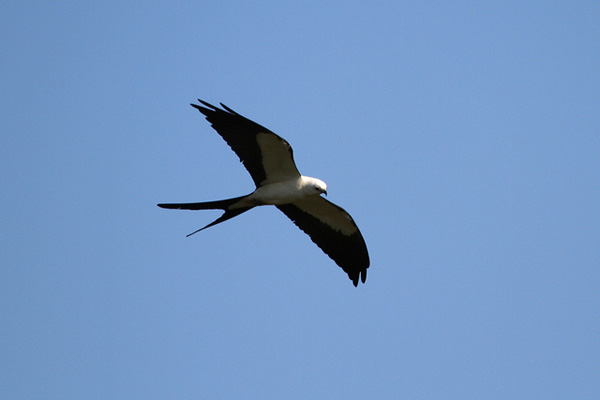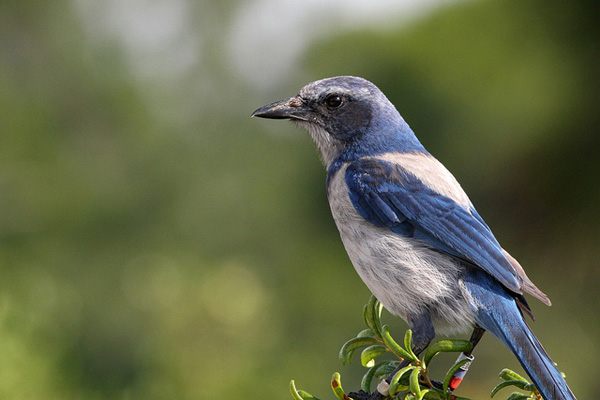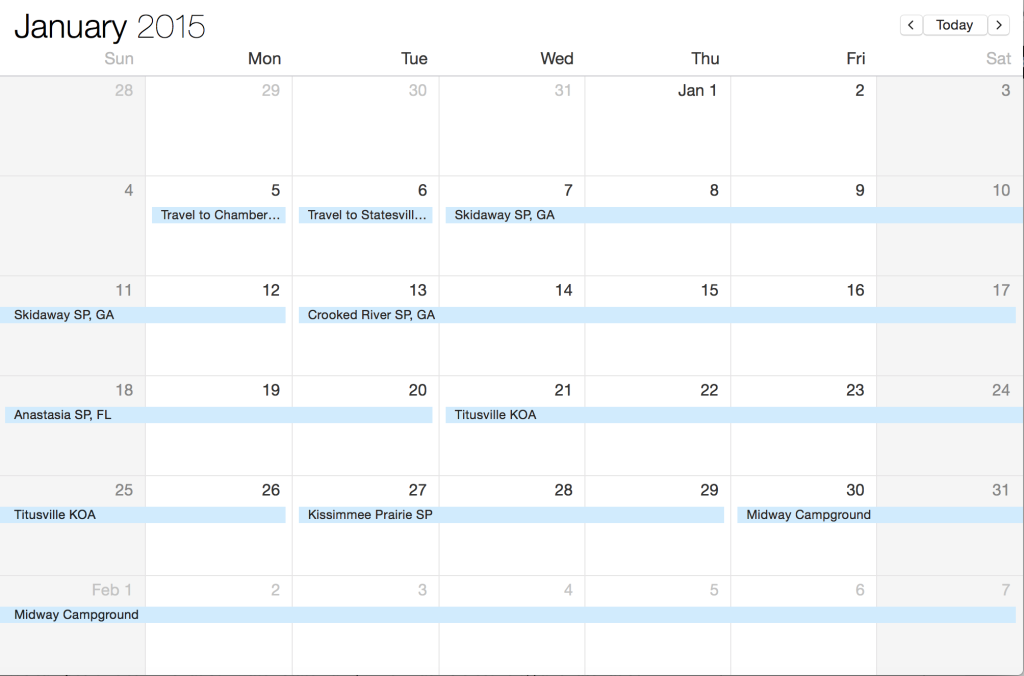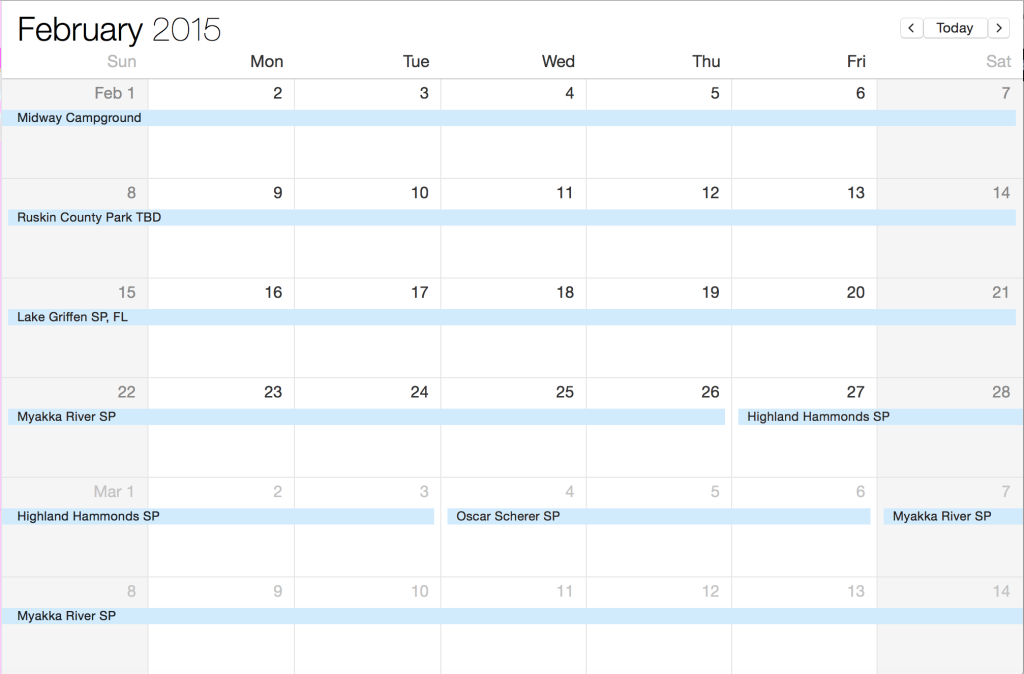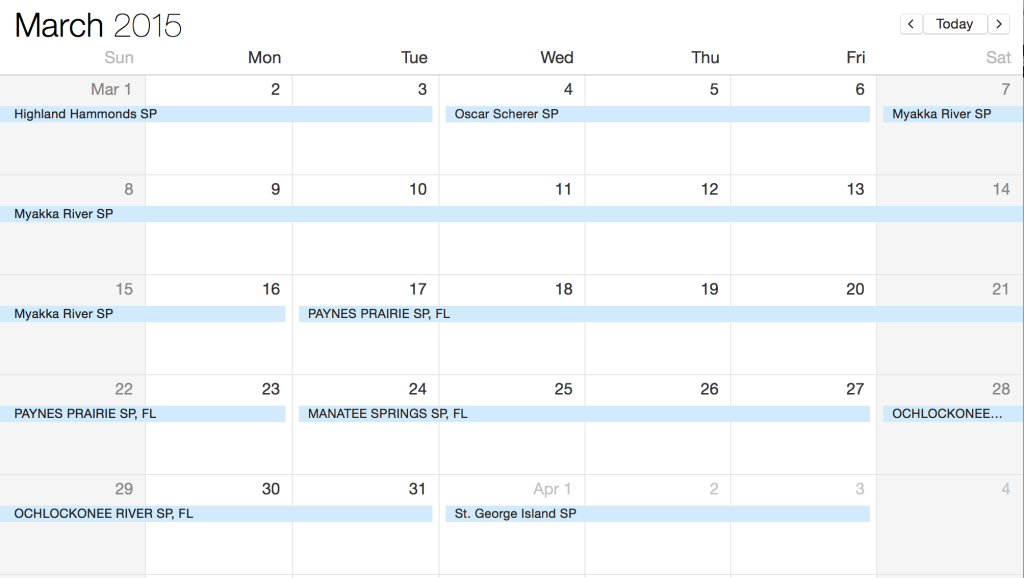Autumn is here, the leaves are starting to change rapidly, and we’ve had several frosty mornings to remind us what is up ahead. While some folks plan their winter travel all summer, it takes a few wakeup calls, like the need for a wood fire, to focus my attention on where we’ll go this winter with the Airstream. Which has resulted in a “Florida vs Texas” question — we’ve always gone to Texas and last year to Arizona, New Mexico, and California — we’ve never gone to Florida. My brother and sister-in-law, who travel widely with their restored Airstream, like the Florida state parks a lot. So, I’m leaning in that direction but also finding that many others are — and have tied up good parks half-a-year ago.
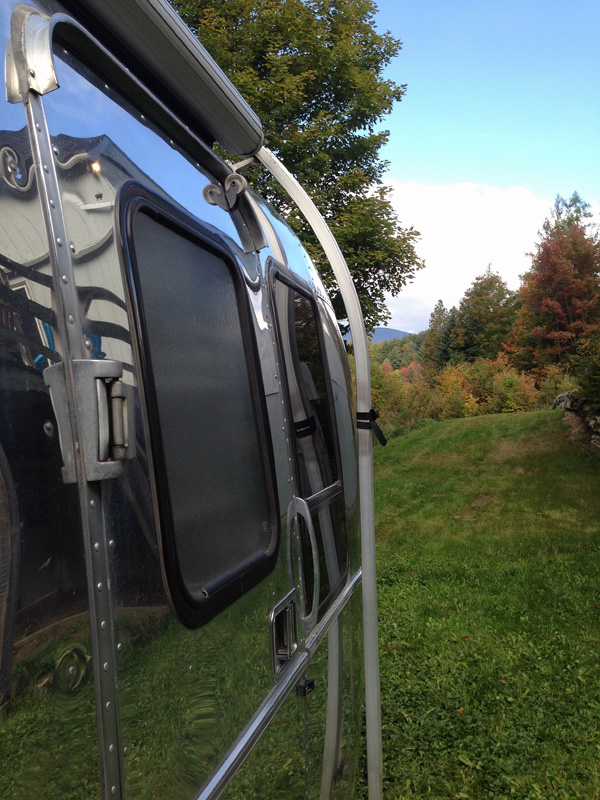
The Airstream is parked on the back lawn for repairs before the next big trip. Trees are just showing color but are vivid on the mountains.
I have started by thinking about attending part of the Space Coast Birding Fest in Titusville, Florida and have reserved a spot at a local KOA. We try to avoid commercial parks but there are times where the “cheek by jowl” spacing has to be endured. Other than that, I’m thinking of probably not going to southern Florida because those parks are all full. Right now, the agenda is wide open so if you have a favorite spot, let me know.
There are lots of Florida birds I’ve never seen — Wood Stork is a good example — so I’m looking to adding to my life list. We also wouldn’t mind avoiding the long drives we made last year. We are looking forward to visiting Pensacola again where back in the dark ages, I was a budding naval aviator. It will be fun to revisit the Cubi Point Officer’s Club which is part of the Naval Air Museum but reportedly, much tamer than when I was there. (Their chocolate milk shakes were to die for!) Well, not exactly.
So, with mixed feelings, we are planning to skip the places we’ve come to really like over the last four trips — Goose Island State Park, Falcon State Park, Lost Maples State Park, and Patagonia State Park to name just a few. If we don’t like Florida, we can always jump on I-10 and head west for a couple of months. That’s the joy of flexible schedules and dragging your home behind you.
